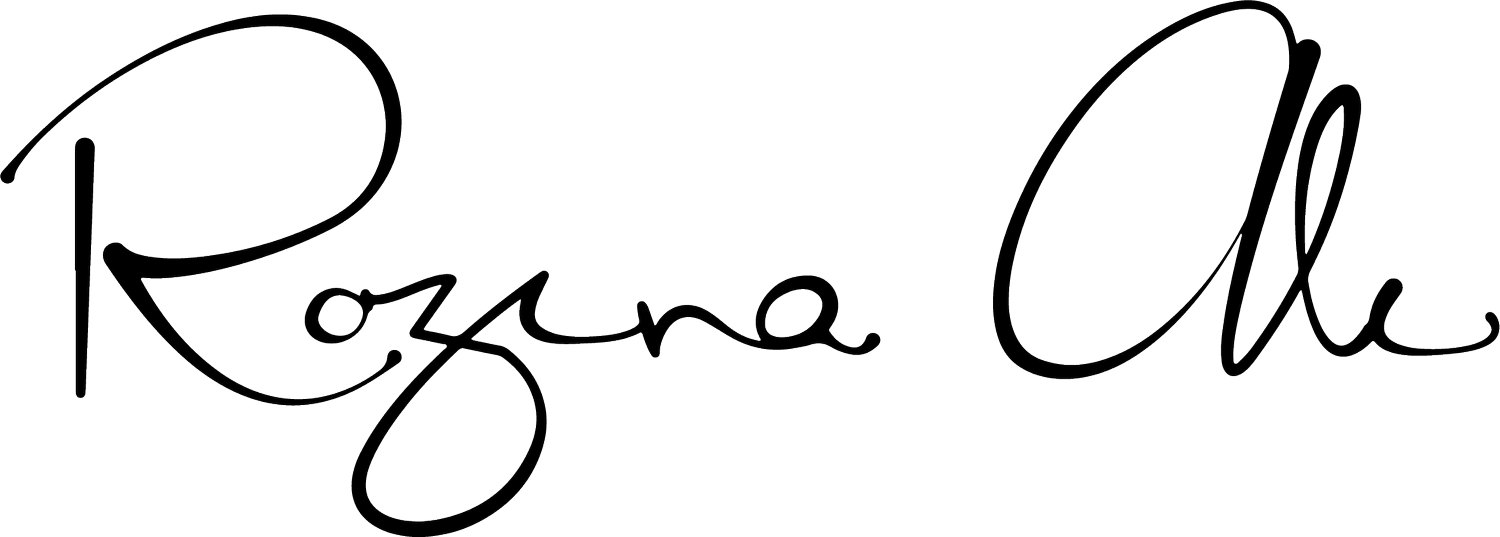Botox, the “miracle poison”
Botox is one of the most investigated and developed drugs on the planet and has myriad benefits. Since it was first introduced over 3 decades ago, injectable Botox has revolutionized the way plastic surgeons and other clinicians were able to affect hyperactive muscles and reduce the initial characteristic signs of aging. Nowadays, we can say that Botox is a safe, effective, and smart choice for a variety of patients: for those who want to reverse or temporarily suspend the signs and sequelae of aging, but also for those that face problems like frequent muscle spasms, excessive sweating, headaches, and more. Botox offers potential patients a low-risk, temporary non-surgical treatment option.
As one of the best plastic surgeons in London, Dr. Rozina Ali feels that effective aesthetic rejuvenation is all about aging well, mitigating adverse factors, and making the most of yourself. Dr. Ali is an expert in the use of Botox – she uses various dilutions of botulinum toxin depending on the requirement and offers follow-up and complimentary top-ups if required. In this article, Dr. Ali has provided us with meaningful information to help you fully understand this multi-purpose drug, one of the strongest contenders in the arena of cosmetic treatments.
The history of Botox
Although technically a brand name, Botox is used colloquially to refer to any injectable form of botulinum toxin type A. Botulinum toxin is actually a protein derived from the bacterium Clostridium botulinum. Highly diluted and highly purified, it is generally safe in the hands of a qualified plastic surgeon or other medical professionals.
Clostridium botulinum was first discovered by a Belgian scientist named Emile Pierre van Ermengem following an outbreak of botulism in Belgium. In the 1920s, scientists first attempted to isolate botulinum toxin, but it took 20 years before botulinum toxin was finally isolated in crystalline form by Dr. Edward Schantz. In the 1970s, scientists began using botulinum toxin to treat strabismus (Squint), and while testing this treatment, researchers noticed that botulinum toxin reduced wrinkles.
After botulinum toxin proved successful in treating strabismus, Allergan was the first company to license the treatment and call it Botox. Subsequently, Botox received FDA approval for various medical and cosmetic uses.
Nowadays, it is used skillfully and judiciously by experienced practitioners such as Dr. Rozina Ali, to help anyone who wants to look better, with minimal downtime. Although it can be used to temporarily Freeze a face, it can also be used to elegantly and subtly reduce wrinkling and slow down the signs of aging.
Uses and benefits of Botox
Once a therapy limited to squinting, Botox is now used in numerous areas of the body, with applications ranging from medical to cosmetic. As one of the most widely used and popular non-surgical procedures, it can be used in a variety of dilutions and subtle ways to reduce wrinkles and dynamic lines on the forehead, glabella, and eyes, to open the eyes, raise the eyebrows, lower the upper lip, reverse the downturned corners of the mouth, relax the chin, and release the tight central bands of the ageing neck or reduce the width of the lower face by injecting into masseter muscles
As a highly qualified aesthetic and reconstructive plastic surgeon in London, Dr. Ali strongly advocates the judicious use of this very versatile agent.
The uses for Botox procedures continue to expand beyond the prevention of wrinkles and fine lines. It can also be used for bladder spasms, torticollis, headaches, or excessive sweating. At the same time, Botox is used for muscle relaxation, helping people suffering from tight TMJ or other types of muscle pain. Because Botox blocks the nerve activity of your muscles, it can also prevent unnecessary muscle use.
When to use Botox
Although there are no strict rules when it comes to starting to use this treatment, most people turn to Botox in their early 30s, to prevent dynamic lines and wrinkles from becoming more permanent or static. At this stage in life, many have established a balance between their personal and professional lives, so they can focus more on themselves and on the way they want to look. At the same time, this is the age at which most patients begin to develop those fine lines or other conditions that can be treated with Botox, and this is also the recommendation of most specialists.
The ongoing use of non-surgical treatments has become a form of self-care and part of many people’s grooming routines and well-being lifestyle habits.
This fits perfectly with the philosophy of Dr. Ali, one of the best female plastic surgeons in the UK, who believes that aesthetics is a remarkable discipline that incorporates psychology, skills, and surgery to help people achieve their full aesthetic potential and realise their most fulfilled selves.
If you wonder how often you should consider this treatment, Dr. Rozina Ali recommends that it should be used a little and often to stay looking younger for longer. In this way, you will be able to enjoy another benefit of Botox, namely that it can offer long-lasting results. However, we know that every patient is different, and that’s why we recommend booking a consultation to be able to determine exactly which form of treatment suits your needs.
If you’re looking for advice to help you see if this miracle product is the best option for you or if another non-surgical treatment would be more appropriate, book a consultation with Dr. Rozina Ali, one of the most renowned female plastic surgeons in the UK. As a highly qualified aesthetic and reconstructive plastic surgeon, she will be able to give you the guidance you need in order to obtain the best results.
